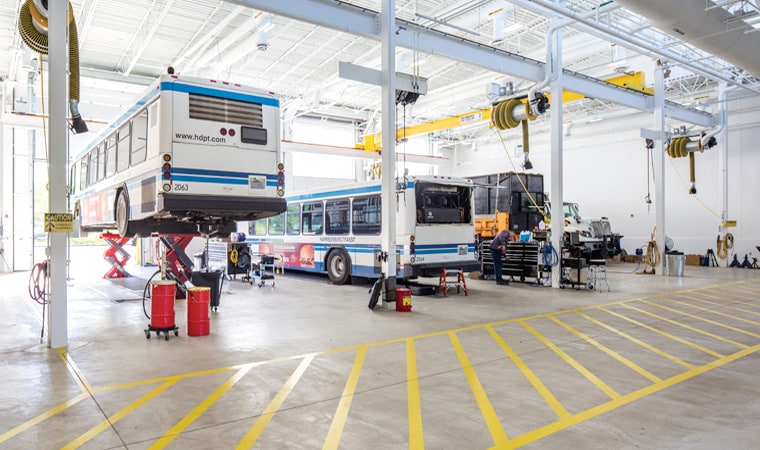Public-private partnerships combine the expertise of both the public and private sectors in a way that supplements limited public sector resources and improves project delivery.
“A public-private partnership can often be an ideal model for local governments to develop and finance projects that might otherwise not get built,” says Colleen Smith, Director of Marketing at Shockey.
The National Council for Public-Private Partnerships (NCPPP) defines a public-private partnership as “a contractual agreement between a public agency (federal, state, or local) and a private sector entity. Through this agreement, the skills and assets of each sector (public and private) are shared in delivering a service or facility for the use of the general public.”
P3s can help fill the gap between available public-sector budgets and demonstrated public need. Most any project that serves a public need can qualify – schools, airports, transit centers, technology centers, and even recreational facilities. They can offer financing flexibility that often leads to a more judicious implementation of the project budget.
P3 legislation is supported in many states, including Virginia, Maryland, and Washington DC.
Shockey has been a pioneer in utilizing the P3 procurement process in Virginia. Since the legislation was adopted in Virginia in 2002, Shockey has completed approximately $300 million in public-private projects for communities throughout Virginia.
The advantages of the public-private partnership arrangement over traditional procurement methods typically include:
- increased flexibility in the financing;
- lower bottom-line costs; and
- faster to market outcomes
The Associated General Contractors of America (AGC) says the “rewards from PPP contracting come from accurately identifying, analyzing, and pricing risks at all levels.” That’s why an experienced, trusted building partner like Shockey is critical.
Ultimately, P3 project success comes down to transparency, value, and delivery. To learn more, see Top 5 Things To Know About Construction Using Public-Private Partnerships.
“Executed thoughtfully, P3 projects build consensus early on with clear and proactive communications with all of the project stakeholders,” said Smith.
If, by sharing skills and assets, the industry can improve on the traditional design-bid-build project delivery system, what’s not to like? If you would like to learn more about how to tap into the power of a PPP, contact Jeff Boehm via email or by phone at (540) 667-7700.

